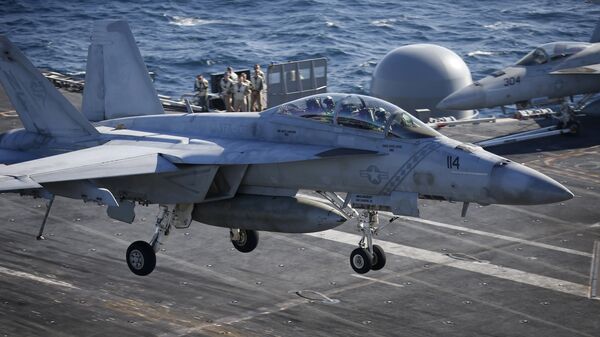"The precision strike operations being carried out by the Bush Carrier Strike Group in the eastern Mediterranean Sea continue to demonstrate the tremendous warfighting capability and flexibility of the U.S. Navy," said Vice Admiral Christopher Grady, commander of the US Sixth Fleet.
"By defeating violent extremists in Iraq and Syria, we are simultaneously supporting two separate geographic combatant commands. We remain committed to defeating Daesh, committed to our allies and partners, and committed to global security."
The inauguration of US President Donald Trump has also marked an uptick in American military force deployed against Daesh. The USS Bush was deployed in February against the terrorist group, and in March the 11th Marine Expeditionary Unit and 75th Ranger Regiment were deployed to provide artillery support to the coalition forces attempting to wrest the Syrian city of Raqqa from Daesh hands.
This is the USS Bush's second deployment against Daesh as part of Operation Inherent Resolve. The first deployment came in 2014, and then, too, the carrier was known for being a launching platform for Super Hornets.
The Super Hornet and its cousin, the larger but slower Hornet, are the US Navy's preferred fighter aircraft for carrier deployment. The Super Hornet is also a known favorite of pilots, who show appreciate its speed, maneuverability and armaments.
The Super Hornet's perhaps most famous fighting feat came in the early days of the Gulf War, when a pair of the F/A-18s needed only 40 seconds to destroy two pursuing Iraqi MiG-21s.



